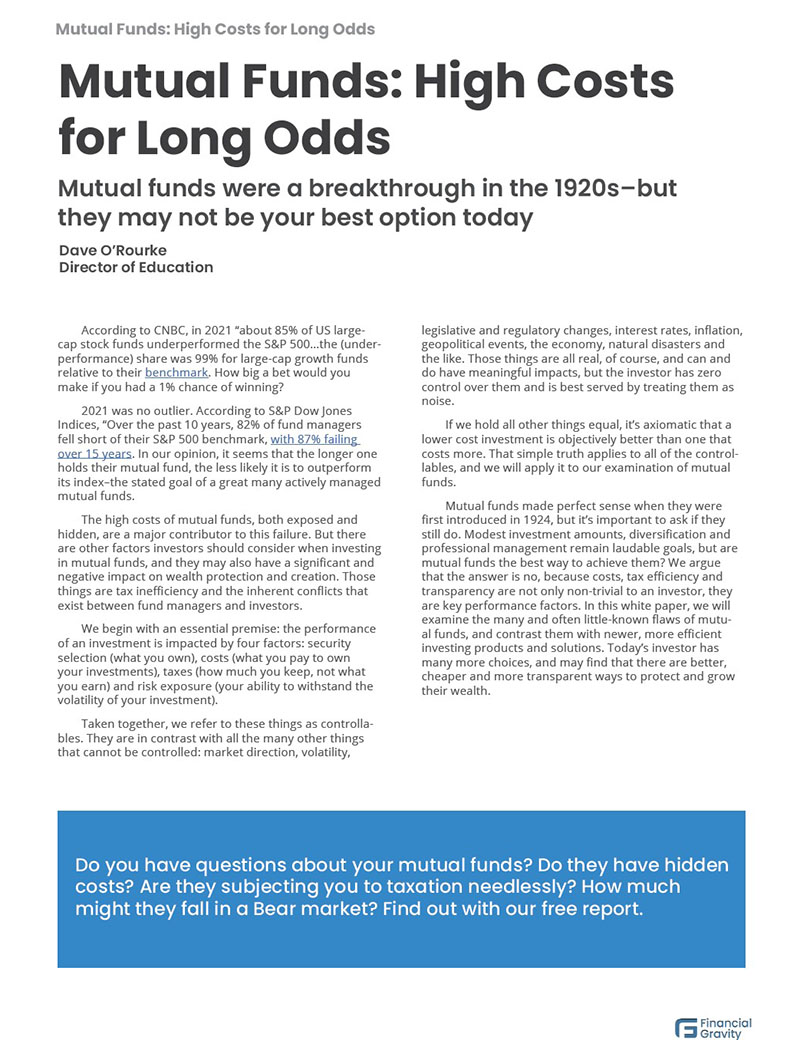The R word
In several weeks we will know if the USA is “officially” in a recession. Real GDP decreased at an annual rate of 1.5 percent in the first quarter of 2022, according to the Bureau of Economic Analysis. This was in sharp contrast with the fourth quarter of 2021, when real GDP increased 6.9 percent.
Economists and pundits have long defined a recession as two or more consecutive quarters of negative, real GDP growth. However, the organization that officially declares recessions, the National Bureau of Economic Research (NBER) says a recession is “a significant decline in economic activity spread across the economy, lasting more than a few months, normally visible in real GDP, real income, employment, industrial production and wholesale-retail sales.”
Everyday Americans may not need a government bureaucracy to make official declarations about things that may seem patently obvious: the US economy is in trouble. Older Americans may recognize the signs from the late 70’s and early 80’s: high inflation, rising interest rates, falling real wages, energy prices through the roof.
It may be wise to plan as if we are now, or soon will be, in a recession. What does that mean for investors? For the stock markets? Are recessions and bear markets correlated? How long do they last? Should recessions affect portfolio allocations? These are important questions, and we will try to provide some historical references to answer them.
Rs and Bs
Economies cycle from recession to recovery, and recessions often follow bear markets. There have been 12 recessions since World War II; the average recession lasted only 10 months, while the average recovery has lasted 57 months. The last recession was particularly bad, lasting 18 months and earning its own moniker, The Great Recession. It ended 13 years ago, so this next one, if it arrives, may be thought of as overdue.
As you can see in the chart below, not all bear markets precede a recession. Four of the eleven bears in the post-war period were not paired with a recession, and bears that happened without one were gentler: the average bear without one dropped 24%, while the average drop linked to one was 35%.
On June 14th, the S&P 500 entered bear market territory, described as a 20% or greater decline from a previous high (which occurred on January 3rd). Bear markets that are related to recessions have had a median duration of almost 500 days, versus about 200 days for bears not followed by recessions.
While the S&P 500 has been somewhat range-bound for the past several weeks, 2022 saw the worst four-month start to any year since 1939. Finally entering this new bear market may be good news: According to LPL, once the 20% down threshold is reached, the S&P 500 has enjoyed a median gain of 24% over the ensuing 12 months.
We don’t know and cannot reliably predict if there will be a recession, or when it will occur, or its duration or severity. What we can know–to the point of certainty–is that there have been many recessions, and quite a few bear markets. Every previous bear market, and every previous recession, was eventually followed by new highs in the stock market.
And there is other good news: hiring was up more than expected last month, and S&P 500 earnings are expected to rise by almost 10% in 2022. Both of these trends, if they persist, would seem to augur a shorter, less severe bear market. It’s fair to say that the news is mixed, and to believe that the post-COVID period could release a good deal of pent-up demand both for employees as well as goods and services.
Bear defense
“There is a bear in the woods. For some people, the bear is easy to see. Others don’t see it at all. Some people say the bear is tame. Others say it’s vicious and dangerous. Since no one can really be sure who’s right, isn’t it smart to be as strong as the bear? If there is a bear.”
That was the narration from a Ronald Reagan campaign ad in 1984, the year the 40th US president won by an electoral landslide of 525 – 13.
The bear, for Americans, is paired in the financial world with the bull. For the rest of the world, and in American politics, the bear is the symbol of Russia, as the eagle is for us. 1984 was in some ways the beginning of the end of the Cold War, and Reagan’s strong stance in defense of America was a key to his historic victory.
Yesterday, the S&P 500 entered “bear territory,” something it has not done in 13 years (if you omit the short, sharp bear in early 2020, which came and went in a matter of weeks). This bear feels different, partly because it seems so long overdue, and partly because the US economy, as noted above, has significant headwinds.
Will this bear be tame, as it was in 2020, or will it be “vicious and dangerous”, as it was in 2007 – 09? We don’t know, but we would be smart to be as strong as the bear. And that means, above all, perseverance. Those investors who do not succumb to fear and their “flight or fight” instincts have historically enjoyed positive outcomes because they were in position to capture the entire recovery. If history tells us anything, it’s that standing strong in the face of bad news is the best defense against bears.
Go here to read our white paper on mutual funds.
Is your portfolio “bear proof”? Many investors simply do not know what their maximum downside loss exposure is. Do you? Can you say just how risky your portfolio really is? As a rising tide lifts all boats, a vicious bear tends to take all diversified portfolios down.
Get your Taxes First, Then Math™ analysis with no cost or obligation. Click here to order yours.


